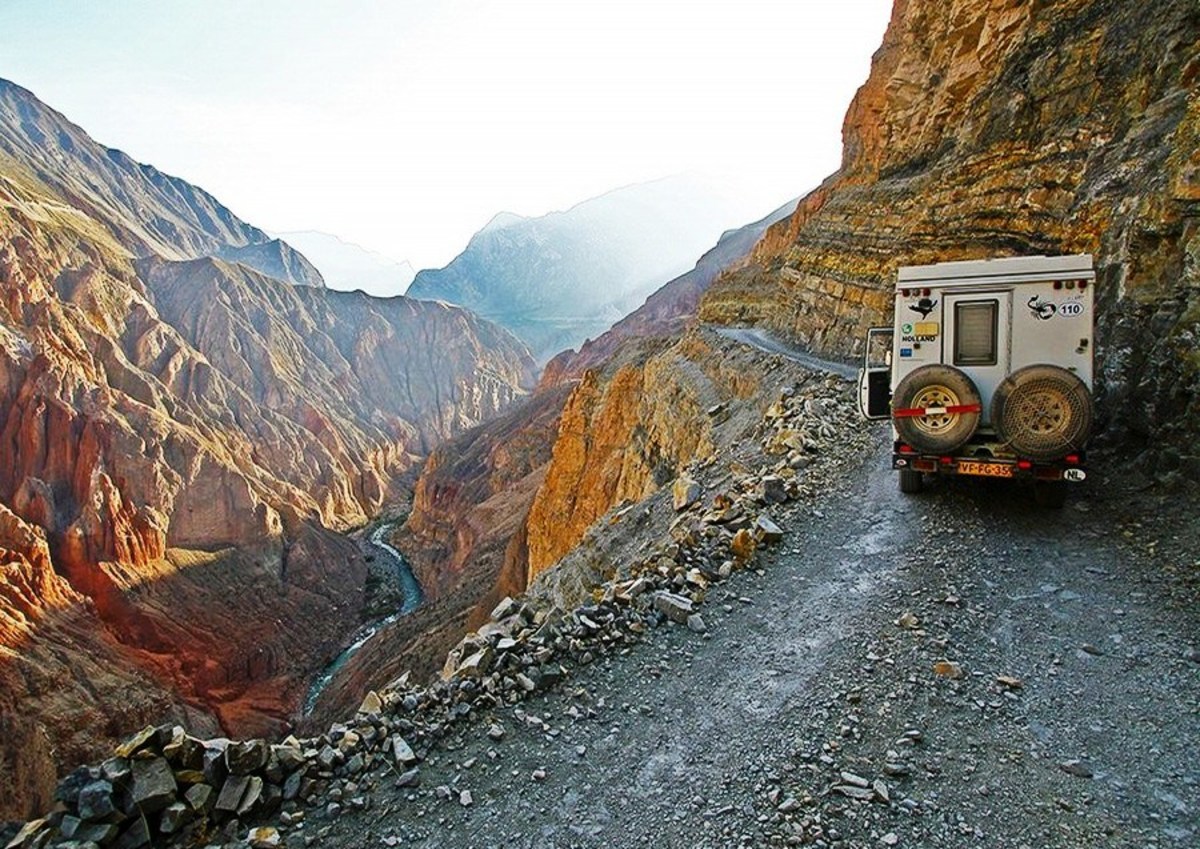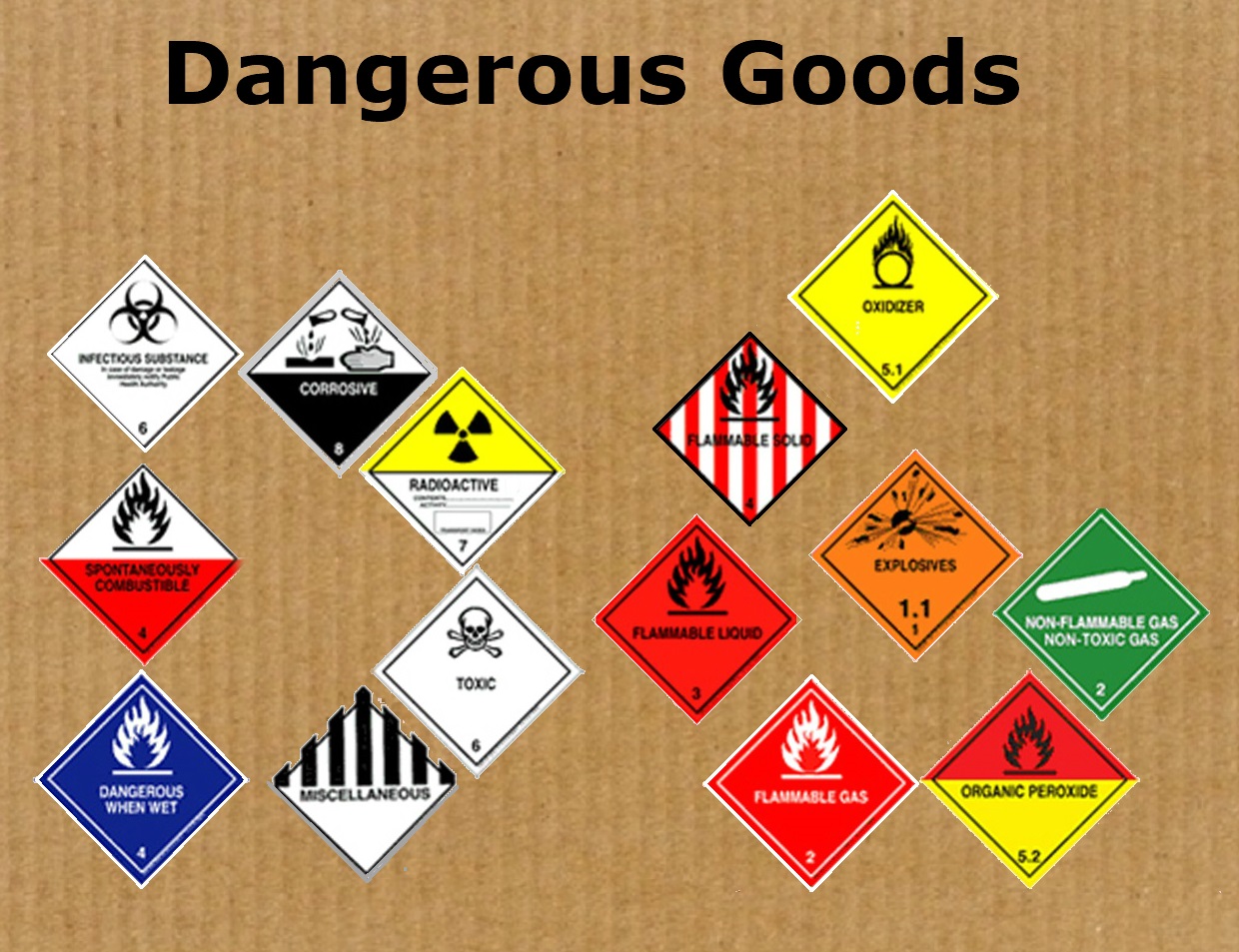Working beneath the waves has a certain allure, doesn't it? The thought of fixing massive structures deep in the water, maybe on oil rigs or huge ships, can seem really cool. But, you know, there's a flip side to that coin, too. This isn't just about getting wet; it's about facing some pretty serious challenges, the kind that make you think twice about the risks involved. It's a line of work that, honestly, asks a lot from the people who do it, pushing them to their limits in ways many of us can hardly imagine.
When we talk about things that are, you know, truly dangerous, we're really talking about anything that brings with it the possibility of getting hurt, feeling pain, or even losing something important. It's about situations or activities that could, in a very real sense, cause some serious harm. Underwater welding, in a way, fits this description quite well. It's an activity that, basically, carries a significant chance of injury or worse, making it a job where safety isn't just a good idea, but an absolute must.
So, while the idea of being an underwater welder might sound like something from a movie, the actual day-to-day reality involves facing a whole host of threats. From the very environment they work in to the tools they use, pretty much everything presents a unique hurdle. It’s a job where being prepared and knowing what you're up against is, actually, the only way to make it through each shift.
- Justin Bieber Age Current
- Frozen 1 Release Date
- Justin Bieber Is How Old
- Liz Cambage Boyfriend
- Engel Last Name
Table of Contents
- What Makes Underwater Welding So Risky?
- How Dangerous is Underwater Welding - The Shocking Truth?
- Pressure Points - The Crushing Reality
- What Other Hazards Face Underwater Welders?
- Is Training Enough to Mitigate How Dangerous is Underwater Welding?
- Equipment and Technology - A Shield Against Danger
- The Human Element - Why Experience Counts
- The Future of Underwater Welding - Less Dangerous, Perhaps?
What Makes Underwater Welding So Risky?
You might wonder what exactly makes this kind of work so much more challenging than, say, welding on dry land. Well, for starters, you're not just dealing with the heat and sparks of welding; you're also dealing with, you know, a massive amount of water all around you. This means that the usual safety measures for welding get turned on their head, or at least they need some serious rethinking. The very act of combining electricity with a liquid environment creates a whole new set of worries that dry land welders just don't have to think about. It's a bit like trying to fix a toaster in a bathtub, if you can imagine that, only on a much, much larger scale and with much higher stakes, obviously.
Then there's the pressure, which is, honestly, a really big deal. The deeper you go, the more the water pushes in on you. This isn't just uncomfortable; it can mess with your body in ways that are, actually, quite serious. Think about how your ears pop when you go up a mountain or fly in a plane; now multiply that feeling by a thousand and add it to every part of your body. This pressure also affects how gases behave, which is super important when you're breathing compressed air or other gas mixtures. So, in other words, it's not just the welding itself, but the entire environment that makes the job so incredibly demanding and, well, dangerous.
How Dangerous is Underwater Welding - The Shocking Truth?
One of the first things that comes to mind when you hear "underwater welding" is probably electricity and water, right? And you'd be right to think that, because it's a very real concern. Even though welders use special equipment that's supposed to insulate them, there's always a chance of something going wrong. A tiny crack in a cable, a faulty connection, or even a sudden movement could, basically, create a pathway for electricity to travel through the water. This isn't just a little tingle; we're talking about a shock that could knock someone out or, in a much worse scenario, stop their heart. So, you know, the risk of electrical mishaps is, in fact, a constant companion for these folks.
To try and keep things as safe as possible, welders often use direct current (DC) power sources, which are generally considered less risky than alternating current (AC) when working in wet conditions. They also have special switches that can cut the power almost instantly if there's a problem. But even with all these precautions, the environment itself is just so unpredictable. Water conducts electricity really well, and any little mistake can have huge consequences. It’s a bit like walking a tightrope where one misstep could mean, you know, a very serious fall. The constant need for vigilance against this invisible threat makes the job, arguably, one of the most perilous around.
Pressure Points - The Crushing Reality
Beyond the electrical concerns, the sheer pressure of the water is a silent but powerful adversary. As a welder goes deeper, the weight of the water above them increases dramatically. This intense pressure affects the human body in several ways, some of which are quite serious. One of the most talked-about conditions is decompression sickness, often called "the bends." This happens when nitrogen, which is dissolved in the welder's blood and tissues under high pressure, forms bubbles if they come up to the surface too quickly. It's similar to what happens when you open a soda bottle; the gas escapes in bubbles. These bubbles can cause excruciating pain, damage joints, or even lead to paralysis or death if they get into the wrong places, you know, like the brain or spinal cord. It’s a very real threat that requires careful planning for ascent and often involves long periods in decompression chambers after a shift.
Then there's the risk of nitrogen narcosis, which is sometimes called "rapture of the deep." This condition occurs at greater depths when the increased partial pressure of nitrogen starts to act like an anesthetic. It can make welders feel lightheaded, confused, or even euphoric, which is, obviously, a terrible state to be in when you're trying to perform precise, dangerous work. Imagine trying to weld a crucial joint when your mind is, like, a bit fuzzy and you're not thinking clearly. This can lead to poor judgment, mistakes, and a greatly increased risk of accidents. So, basically, managing the effects of pressure is, in fact, a constant balancing act for these professionals.
What Other Hazards Face Underwater Welders?
It's not just electricity and pressure that make underwater welding such a demanding job; there's a whole list of other things that can go wrong. For one, visibility is often really poor. The water can be murky, filled with sediment, or just naturally dark, especially if you're working deep down or in harbors. Trying to perform precise welding tasks when you can barely see what you're doing is, you know, incredibly difficult and dangerous. Welders rely on powerful lights and their sense of touch, but it's still a huge hurdle. This lack of clear vision can lead to mistakes, missed hazards, or even getting disoriented, which is, obviously, a very serious problem when you're underwater.
Then there's the cold. Even in relatively warm waters, the temperature can drop significantly the deeper you go. Prolonged exposure to cold can lead to hypothermia, which affects a person's judgment and physical abilities. Special heated suits help, but they aren't foolproof. And let's not forget about marine life. While most sea creatures aren't looking for a fight, encounters with sharks, jellyfish, or even just strong currents can add another layer of unpredictability and risk to an already challenging environment. So, you know, the natural world itself is, in some respects, another set of challenges they have to face.
Equipment failure is also a constant worry. A malfunction in a breathing apparatus, a problem with the welding torch, or a breakdown in communication gear could, quite literally, be life-threatening. Welders depend on their gear to survive and do their job, so any glitch can put them in immediate peril. This means that regular maintenance and thorough checks of all equipment are, basically, non-negotiable. It's a job where you really have to trust your tools and the people who maintain them, you know, completely.
Is Training Enough to Mitigate How Dangerous is Underwater Welding?
Given all these risks, you might wonder if training can truly prepare someone for such a demanding line of work. The answer is, basically, that extensive and specialized training is absolutely essential, but it doesn't eliminate all the dangers. Underwater welders go through rigorous programs that teach them not only how to weld in a wet environment but also how to manage the unique challenges of diving. They learn about hyperbaric physiology, emergency procedures, equipment maintenance, and, you know, how to stay calm under immense pressure. This training is incredibly thorough, covering everything from basic diving skills to advanced welding techniques and safety protocols.
However, even the best training can't account for every possible scenario. The ocean is, after all, a highly unpredictable place. A sudden shift in currents, an unexpected equipment malfunction, or an unforeseen encounter with marine life can create a situation that even the most well-trained individual might struggle with. What training does provide, though, is the knowledge and skills to react appropriately when things go wrong, to minimize the impact of an emergency, and to, like, hopefully, get out of a bad situation safely. So, while it's not a magic shield, it's, obviously, the best defense they have against the inherent risks.
Equipment and Technology - A Shield Against Danger
The gear an underwater welder uses is, you know, their lifeline, literally. Specialized suits, helmets, and breathing apparatus are designed to protect them from the harsh environment and provide the air they need. These suits are often insulated, sometimes even heated, to combat the cold. The helmets are pretty robust, offering protection for the head and face while also housing communication systems that allow the welder to talk to the surface crew. This communication link is, actually, incredibly important, as it's their primary way of getting instructions, reporting progress, and, most importantly, calling for help if something goes wrong. It's like having a direct line to safety, basically.
Welding equipment itself is also highly specialized for underwater use. Torches are designed to work in water, and power sources are carefully controlled to minimize electrical risks. There are also various tools for cutting and grinding that are adapted for the underwater environment. All this technology is constantly being refined and improved to make the job safer and more efficient. So, in other words, the advancements in gear play a pretty big part in making this dangerous job, you know, a little less hazardous for the people who do it.
The Human Element - Why Experience Counts
While training and technology are crucial, the human element is, arguably, the most important factor in managing the dangers of underwater welding. Experience teaches a welder how to read the water, how to anticipate problems, and how to react instinctively when something unexpected happens. A seasoned welder has seen a lot, and that practical knowledge is invaluable. They develop a keen sense of awareness about their surroundings, the behavior of their equipment, and their own physical limits. It’s about more than just following rules; it's about developing a sort of sixth sense for what's going on around them, which is, honestly, something you can only get from doing the job for a long time.
Teamwork is also incredibly important. Underwater welding is never a solo act. There's always a surface crew, and often another diver, who are there to support the welder. Clear communication, mutual trust, and the ability to work together seamlessly are, in fact, vital for safety. If one person misses something, another might catch it. If an emergency arises, a well-coordinated team can make all the difference in getting everyone to safety. So, you know, the bond between team members is, in a way, as strong as the steel they're working on.
The Future of Underwater Welding - Less Dangerous, Perhaps?
Looking ahead, there's a lot of talk about how new technologies might make underwater welding less dangerous, or at least change how it's done. Robotics and remotely operated vehicles (ROVs) are becoming more sophisticated, capable of performing tasks that once required a human diver. Imagine a robot doing the riskiest parts of the job, like inspecting structures in really deep or hazardous areas. This could, basically, reduce the number of times a human has to put themselves in harm's way, which is, obviously, a good thing.
However, it's unlikely that human underwater welders will disappear entirely any time soon. There are still many situations where the dexterity, judgment, and problem-solving skills of a person are simply irreplaceable. Robots might be good for routine tasks or extremely dangerous ones, but for complex repairs or unexpected issues, a human touch is still often needed. So, you know, the future might see a mix of human and machine working together, with technology helping to make the human part of the job, perhaps, a little bit safer than it is today. It's an interesting thought, really, how things might change.
Related Resources:



Detail Author:
- Name : Mr. Alvis Baumbach
- Username : eliane.weimann
- Email : camryn10@mann.com
- Birthdate : 1975-11-15
- Address : 92202 Fahey Mews Suite 430 Reillybury, RI 74423
- Phone : 916.563.6761
- Company : Parker LLC
- Job : Coil Winders
- Bio : Sint molestias quia reiciendis veritatis voluptates. Assumenda sunt quod dolores quia quibusdam dolorum dolor. Officiis temporibus dolorum voluptatem architecto ipsam.
Socials
facebook:
- url : https://facebook.com/rogahnn
- username : rogahnn
- bio : Corrupti architecto reiciendis ea in sapiente perferendis repellat.
- followers : 6319
- following : 959
linkedin:
- url : https://linkedin.com/in/noelrogahn
- username : noelrogahn
- bio : Mollitia in enim aut et et.
- followers : 5818
- following : 2584
instagram:
- url : https://instagram.com/rogahnn
- username : rogahnn
- bio : Aut deleniti ducimus dolores ea. Rerum qui vero ea et quas atque qui dolorem.
- followers : 4283
- following : 1625
twitter:
- url : https://twitter.com/noelrogahn
- username : noelrogahn
- bio : Saepe atque quas id tempore quia et vel. Quibusdam numquam rerum qui voluptas aperiam sint. Est beatae est temporibus totam est sed illum.
- followers : 6261
- following : 801
tiktok:
- url : https://tiktok.com/@noelrogahn
- username : noelrogahn
- bio : Eum impedit et ab repellat aut. Iusto nostrum sed provident.
- followers : 6445
- following : 1411